Wall Evidence Project
Inscriptions of the Russian military in the "Wall Evidence" project
In February 2022, the Russian full-scale invasion of Ukraine unfolded. For a month, a large territory of the country was occupied, including the suburbs of Kyiv. Then a slow liberation of towns and villages began, uncovering the horrible atrocities that were committed against Ukrainian civilians. Among destroyed buildings and ruined lives, the occupiers left behind numerous graffiti.
Since April 2022, the team of the cultural institution "Mizhvukhamy" has been collecting inscriptions of the Russian military in the territory of Ukraine, carrying out expeditions to the Kyiv and Kharkiv regions and searching for materials in open sources. This resulted in the "Wall Evidence" project – an open archive that currently consists of 650+ graffiti. The archive is constantly replenished with the liberation of Ukrainian territories.
The First Inscriptions
We saw Russian inscriptions for the first time when we arrived in the liberated villages of the Kyiv region. In every settlement, the picture is similar: on the destroyed cars, on burnt buildings, on fences, the marks "V" and "Z" were drawn with spray cans. The inscriptions "Civil movement prohibited" were left behind.
The inscription by the Russian military "Shooting! When crossing! Restricted Zone!!" on the gate on the main street. Bucha, Kyiv region.
Photo credit: Mizhvukhamy. Photographer: Anastasia Olexii.
Later Inscriptions
Later, after mines had been removed in previously occupied territories, much more disturbing texts began to appear. They ranged from threats to personal confessions. Some of them were so threatening, that they could be included in war crimes proceedings. We started collecting photos of such texts in order to better understand the nature of Russian aggression and to show the world the true attitude of the Russian military towards Ukrainians. Over time, we began distinguishing patterns and noticing categories into which materials can be divided.
Marking territory.
The military must mark the zones they occupy during hostilities: headquarters, barracks, warehouses. But when it comes to an occupied town, someone's house becomes the headquarters, and the school becomes the barracks. Russian troops do not just mark the territory, they completely redefine it. Where there was a post office, the occupiers piled up the bodies: the word "morgue" was written in bold black letters on the wall. A torture chamber was set up in the police station: this becomes clear from the inscription "Better tell little, but good." But also from the prayers and calendars that the Ukrainian captives scratched on the walls. Letters Z and V that primarily were used to mark the Russian military equipment, migrated to the fences and walls of private houses. While local civilians were forced to spend their days in basements, the soldiers occupied their homes looting and destroying property. Among the inscriptions left in such private houses, “Your home is our home” is the most striking.
The inscription "Morgue" on the building of the "Nova Poshta" post office. Mariupol, Donetsk region.
Photo credit: Denys Kazanskyi.
The inscription by the Russian military "Better tell little, but good", on a sheet of paper on the table in the torture chamber. Vovchansk, Kharkiv region.
Photo credit: Mykola Tymchenko, Rubryka.
Inscription by the Russian military "Your home is our home" in the home of local residents. Velykodymer community, Kyiv region.
Photo credit: ProSLAV
References to Popular Literature
"May those who doubt our love of peace choke on blood. For our mercy will be merciless!" A quote from Elena Petrova's Russian fantasy "Cursed Luck", which was left by Russians (probably Wagner group) in the Chernihiv region, is just one of many inscriptions that are borrowed from Russian popular (or classic) culture. The material they quote is overtly aggressive. These are songs that glorify violence, propagandist literature or memes. A striking example of the latter is “This ain’t a war crime if you had fun,” a Russian meme that became popular before the invasion of Ukraine.
Inscription, presumably by representatives of Wagner's group, "Let the one who doubts our love of peace be drowned in blood. For our mercy will be merciless!" Polubotky, Chernihiv region.
Photo credit: CheLine.
Inscriptions of the Russian military. Among them, “It ain’t a war crime if you had fun.” Velyka Komyshuvakha, Kharkiv region.
Photo credit: Defense of Ukraine.
Spreading propaganda.
The inscriptions of the Russian military show that for them the modern war is closely connected to the "Great Patriotic War," the Soviet version of World War Two. Soviet symbols, the years 1941–1945 and even poetry about the deeds of the Soviet soldiers are not uncommon in the liberated territories. This pattern is closely connected to the “fascist Ukraine” myth the Russian propaganda spreads in order to justify its own aggression. There are even more echoes of the Russian antagonistic position towards the West. It seems that for many Russian soldiers the collective West is their main enemy in this battle. "Ukraine! Why do you need NATO???", asks the occupier in Bucha. "Death to Yankees. Death to Anglo-Saxons. And Jews. And Euro-Gays," another soldier writes on a British flag in a school in Southern Ukraine.
The inscription by the Russian military "1941–1945" and a drawing of a five-pointed star. Snihurivka, Mykolaiv region.
Photo credit: National Police of Ukraine
Inscription by the Russian military "Ukraine! Why do you need NATO???" on the wall of the room where the Kadyrov headquarters was located. Bucha, Kyiv region.
Photo credit: Zaborona. Photographer: Pavlo Bishko.
Inscription of the Russian military "Death to Yankees. Death to Anglo-Saxons. And Jews And Euro-Gays" on the UK flag in a school. Velyka Oleksandrivka, Kherson region.
Photo credit: Yurii Shyvala.
The Power of Evidence
Most of the inscriptions from this text no longer exist. People want them to be erased like ugly scars on the body of Ukrainian cities. However, it is most important to capture them before washing them off. After all, all these words speak louder than the Russian government’s attempts to glorify their war of aggression.
Post by Roksolana Makar
Content Lead. Wall Evidence Team, Ukraine









